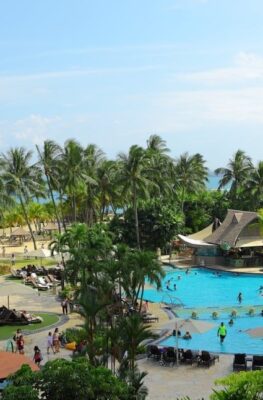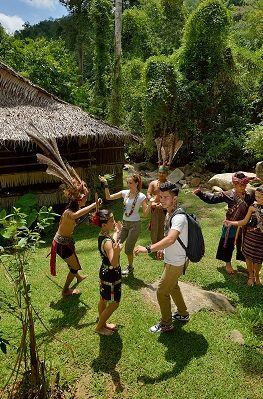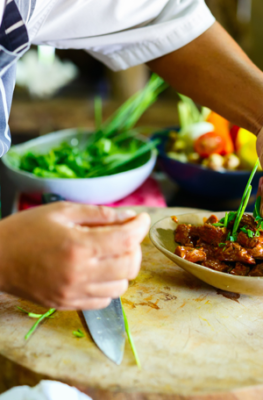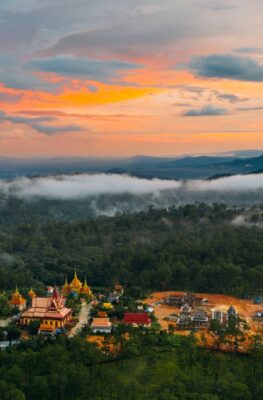Published on January 18, 2016
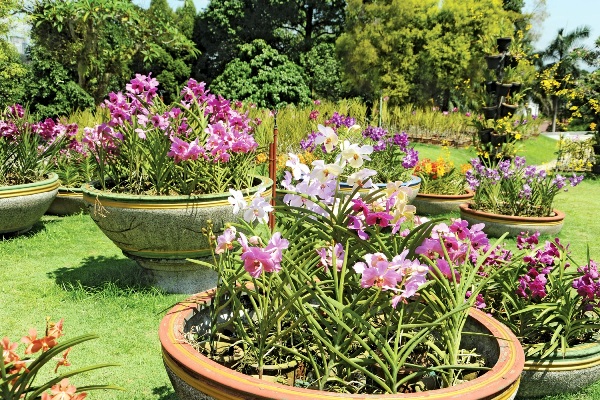
The climate in Southeast Asia has gifted the region with an abundance of greenery and bright, tropical flowers, the best of which can be enjoyed in its botanical gardens. For starters, try these five for your next cross-ASEAN itinerary.
Perdana Botanical Gardens, Kuala Lumpur, Malaysia. Kuala Lumpur’s cherished botanical park is the total tourist package. Found within the Tun Abdul Razak Heritage Park, the botanical garden consists of a mosaic of different, smaller gardens, each of them landscaped into postcard-ready perfection.
Start at the library and the visitor center, where you can learn more about the vast estate and its collection of tropical flora.
Wandering within the Gardens’ 91.6 hectares, guests will chance upon attractions like the National Monument, the deer park, a butterfly park, and its treasured bird park with more than 200 species of birds. The estate’s “rainforest feature” is anchored on a man-made waterfall, with surroundings that make it seem like you’re in the middle of a true tropical rainforest.
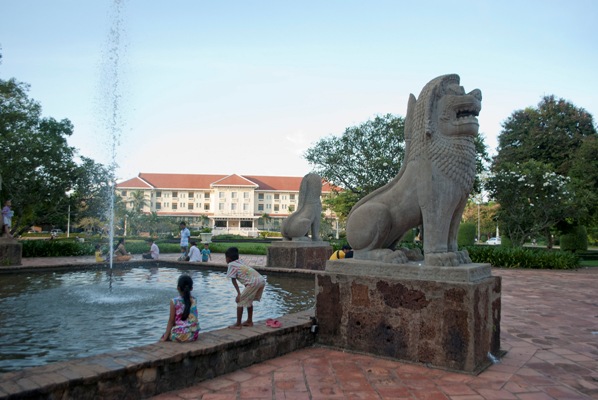
The Royal Gardens in Siem Reap, Cambodia. Known as the jumping-off point to the temples of Angkor Wat, Siem Reap is famous for its bustling night market and its lively bars and cafes. Tucked within the town center, however, is a pocket of peace and serenity.
A short stroll along the river’s western bank will take you to the Royal Gardens, a public park divided into the River Garden and the Royal Crusade for Independence Gardens. The royal residence, once the home of King Sihanouk, lies at the southern part of the park, opposite the luxurious Raffles Grand Hotel d’Angkor. Towering trees provide the perfect spot of shade; flowerbeds paint the scene yellow, red and white. Four stone guardian lions sit around the central pond and ponder the view.
National Kandawgyi Botanical Gardens, Myanmar. Also known as the Maymyo Botanical Garden, this 177 hectare park in the city of Pyin U Lwin merges raw and untouched forest land with man-made botanical gardens and recreational areas.
Tour a variety of gardens and attractions, enjoy a good cuppa at the Tea House, browse the collection of preserved butterflies at the Butterfly Museum, and climb to the top of Nan Myint Tower for a spectacular view of the gardens.
The entire park has almost 700 species of trees, 71 species of bamboo, 75 species of crotons, 300 species of orchids, and 25 species of roses in the rose garden. Endangered wild animals are also housed within the park, among them the Eld’s Deer, the Burmese Star Tortoise, the hog deer, and takin, a species of ruminant similar to the goat.
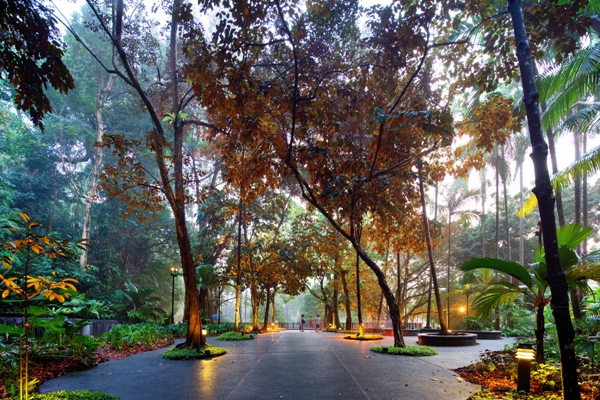
Singapore Botanic Gardens. Established in 1859, Singapore’s Botanic Gardens stands to date as a UNESCO World Heritage Site, the only tropical garden to receive this distinction. Inside, visitors have an abundance of sights and activities to busy themselves with, from ginger gardens to fine-dining restaurants
The park’s main attractions include a six-hectare rainforest; the Botany Center and the Tanglin Gate, which has two blocks of offices and learning centers; and the Jacob Ballas Children’s Garden, a sure hit with the tykes with its tree houses, a water park, and interactive exhibitions.
Its crown jewel is, undoubtedly, the National Orchid Garden, which has more than 1,000 species and 2,000 hybrids of orchids, the most expansive in the region.
Tra Que Vegetable Village, Hoi An, Vietnam. The scenic farming community of Tra Que spells a different botanical experience for its visitors. Instead of manicured gardens, the village features a unique learning and culinary expedition into traditional Vietnamese food and farming.
Learn how to make local delicacies by signing up at workshops where you can harvest and make delectable dishes from farm to table. Take a bike out to soak in the rural atmosphere. Try the best of the cuisine from local restaurants that dole out the best and freshest vegan and vegetarian fare.



